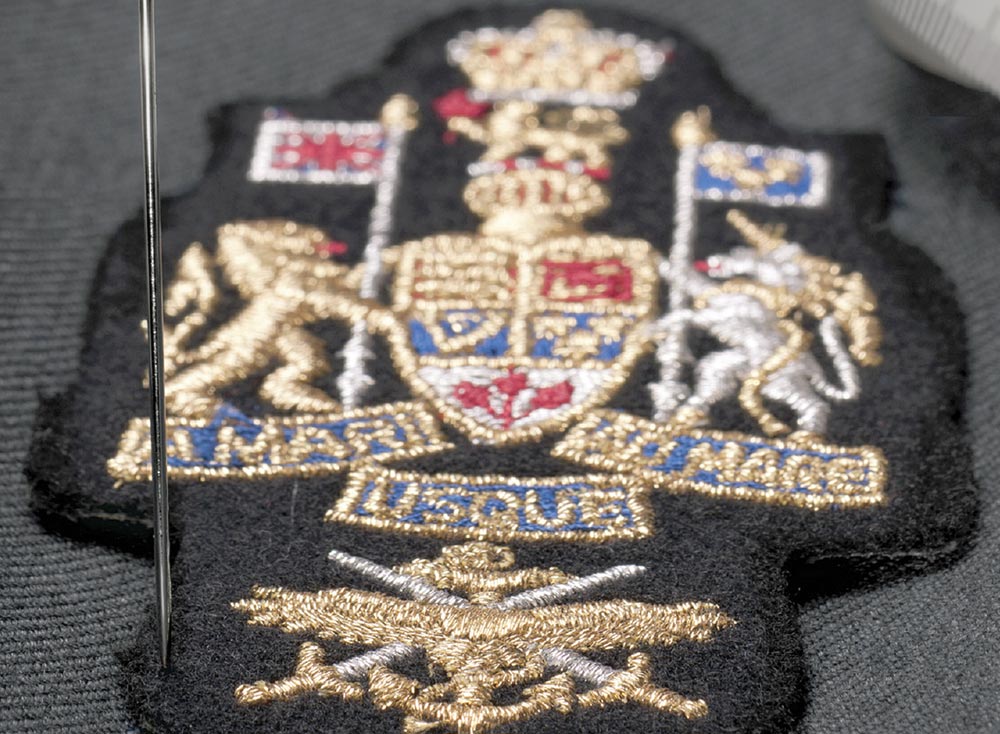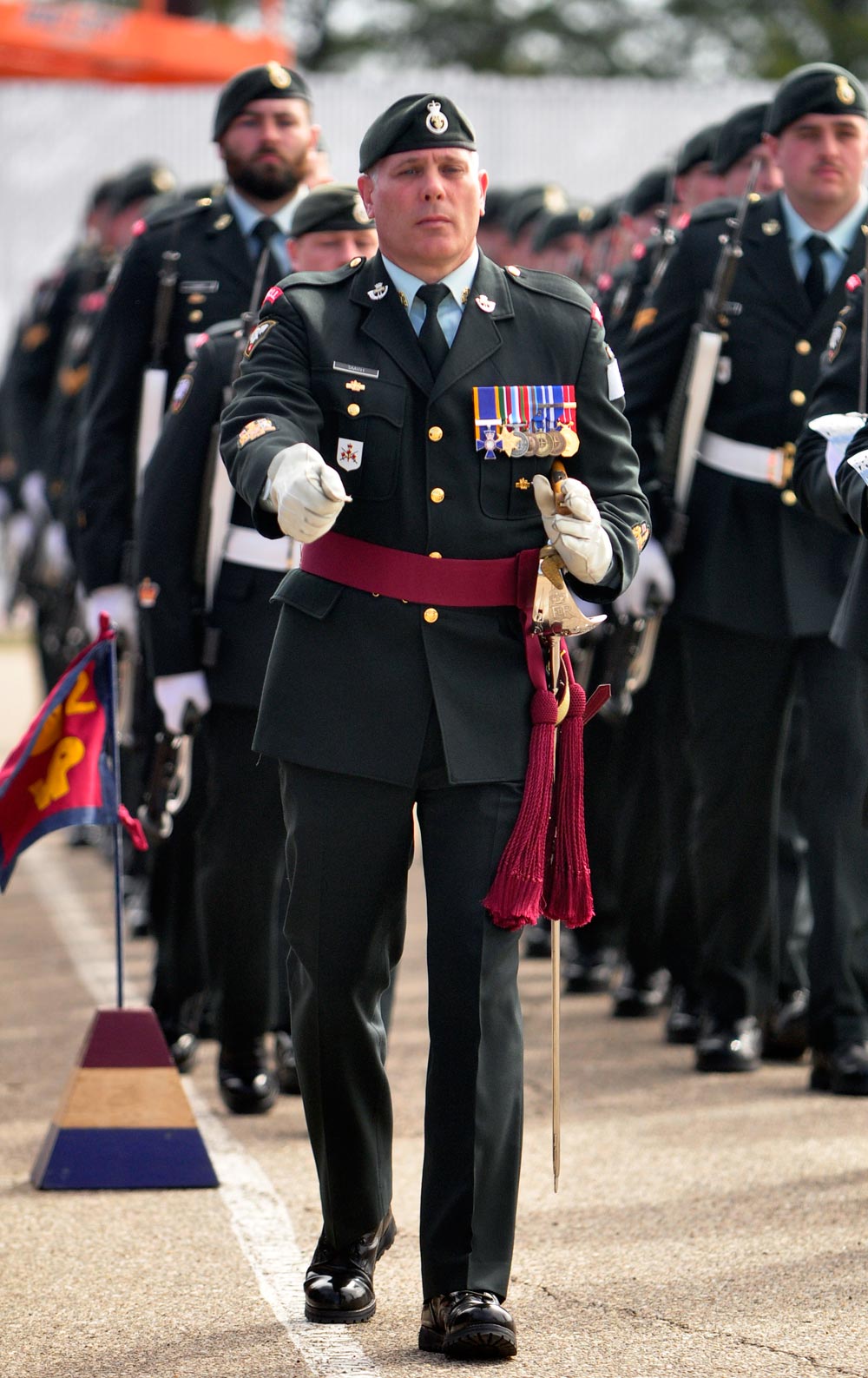

Gerry Weaver
Stag Special
In the Canadian Army (CA), the Army Sergeant Major (ASM) is seldom far from the side of the Army Commander, and the reason is simple.
Together, they form a Command Team which leads the entire Army. The ASM’s role as a communications link between the troops and the Army Commander is critical to the success of the team and by extension, the success of the Army it leads.
Within the structure of the Command Team, the Army Commander represents the decision-making process, while the ASM stands for the human factor, including the welfare of the Non-Commissioned Member (NCM) corps.
The ASM accompanies the Army Commander whenever he represents the organization to show the professional co-operative spirit between officer and NCM, which lies at the heart of Canadian military culture and ethos.
The current ASM is former 2PPCLI RSM CWO James Smith.
What does the Army Sergeant Major do?
While sergeants major at all levels of the Army are responsible for what are known as the four Ds: dress, drill, discipline and deportment, the ASM is less focused on discipline.
Instead, his emphasis is on explaining and reinforcing the Commander’s directives and vision to the troops in plain everyday language.
Of course, the flow of information goes both ways. Through his network of Senior Non-Commissioned Officers (NCOs), the ASM also informs the Army Commander how well his intentions are being understood by the troops.
His job includes acting as an ombudsman for the troops, making sure the soldiers’ interests are represented when the Army Commander makes decisions on issues that may impact morale or welfare.
What else does the Army Sergeant Major do?
The ASM contributes to decision-making regarding larger issue questions relating to dress, discipline and deportment.
For example, questions he handles on dress can range from routine concerns such as dress standards for new personal equipment to more momentous consultations about new cap badges, uniforms or insignia being brought into Army service.
In the latter case, the ASM works with the Directorate of History and Heritage to make sure new or revived traditions and symbols embody the Canadian Army’s professional spirit.
As with other senior NCO positions within the larger Army framework, the ASM will, when possible, fill an advisory capacity for the development of other NCOs as they move through their career progressions.
While this may involve discussions with Canadian or allied partners during travel with the Commander, it can also take the form of mentorship to senior development courses.
Specifically, the senior appointments program and intermediate leadership course provide students an opportunity to engage with senior NCO leadership, fostering corps competencies and providing insight to areas rarely seen by subordinate levels of command.
Gerry Weaver/Army Public Affairs
CWO James Smith spent two years as 2PPCLI RSM, here during his CoA with now BGen Bob Ritchie, who was 2VP’s CO at the time. Afterwards, he paraded with the troops on the Kapyong parade square. Photos Jules Xavier/Shilo Stag


